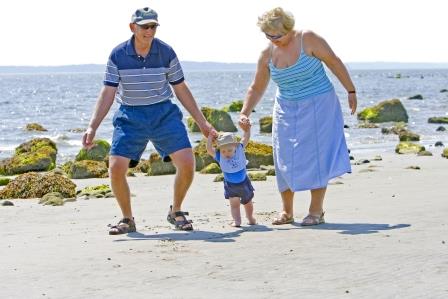
Older adults may be adversely affected when temperatures climb above 90 degrees Fahrenheit, especially when combined with age-related health conditions and medications.
“Hydrate, hydrate, hydrate, especially when you don’t feel thirsty. Once you feel thirsty that means you are already dehydrated,” explains Rosie Jimenez, Director of South County Services. “As we get older, we tend to not drink as much water or only drink when we feel thirsty. This can be very dangerous especially in hot weather since severe dehydration can lead to hospitalization.”
Heat related illnesses can result in headaches, dizziness, confusion, and fainting.
Learn to identify and address each:
- Dehydration is a loss of water and electrolytes in the body; symptoms include weakness, muscle cramps, and confusion, and fainting.
- Heat exhaustion symptoms include heavy sweating or no sweating, muscle cramps, tiredness, weakness, paleness, cold or clammy skin, nausea/vomiting, and a fast, weak pulse.
- Heat stroke (caused by the above two) is a dangerous rise in body temperature. A normal body temperature is around 98.6°, and with heat stroke a person’s temperature may rise up to 103 degrees Fahrenheit.
- Call 911 if you or a loved one is experiencing the above symptoms. When caring for someone suffering heat stroke, only give them liquids if they are awake and able to swallow.
To treat these heat-related conditions, sip water or sports drinks with electrolytes which play a key role in regulating heartbeat.
Move to a cool, shady location and remove or loosen clothing. Apply cool water or moist cloths on wrists, ankles, armpits, and neck to lower body temperature.
Community Resource Specialists of Sourcewise can offer more information: (408) 350-3200, option 1.
